
cd_nom
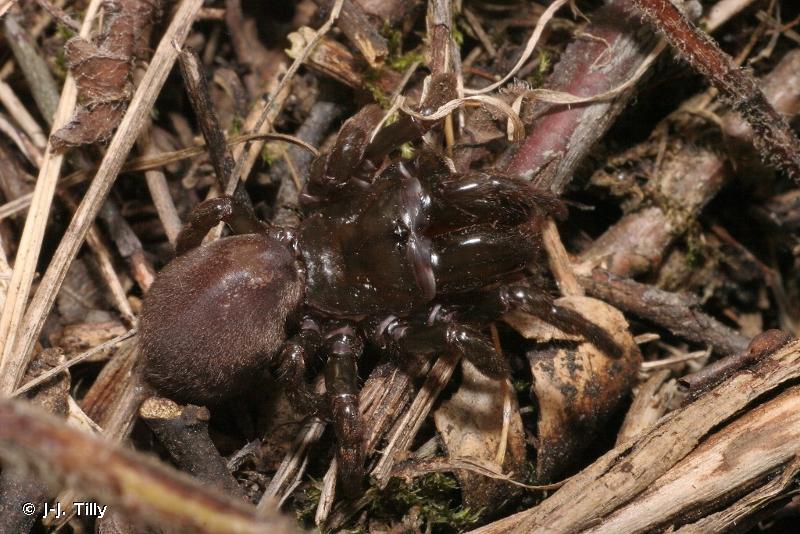
| Author : J-J. Tilly |
 |
To get the picture, please visit:
Jean-Jacques Tilly
Association française d'Arachnologie
http://asfra.fr/Site/Main_public.html
email : inpn@mnhn.fr
Any reuse of one or more photographs on this site is subject to an authorization request from the author.
Link to the Code of Intellectual Property (Legifrance)
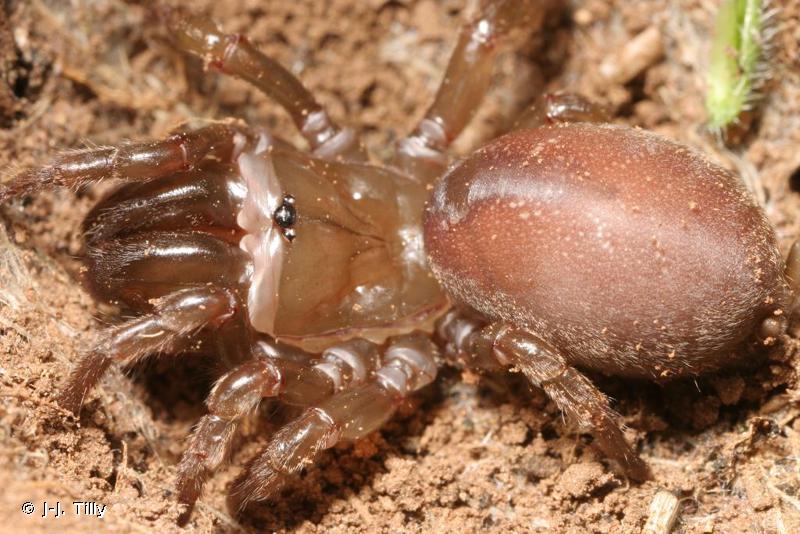
| Author : J-J. Tilly |
 |
To get the picture, please visit:
Jean-Jacques Tilly
Association française d'Arachnologie
http://asfra.fr/Site/Main_public.html
email : inpn@mnhn.fr
Any reuse of one or more photographs on this site is subject to an authorization request from the author.
Link to the Code of Intellectual Property (Legifrance)
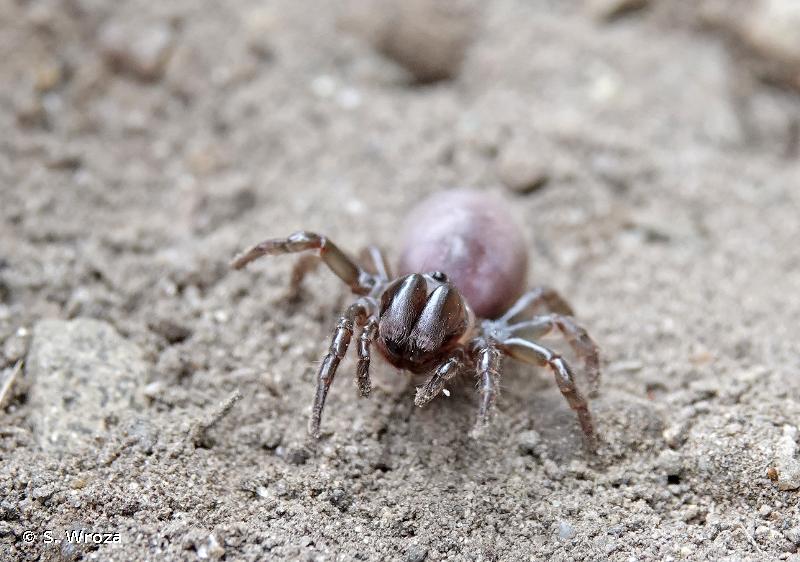
| Author : S. Wroza |
 |
Despite the Creative Commons license, please inform the author of the use which will be made of his photo

| Author : O. Coutant |
 |
To get the picture, please visit:
Olivier Coutant
Biodiversité et gestion des territoires
Université de Rennes 1
SPN , Av du Gal leclerc
30042 Rennes Cedex
Legend: mâle, Bretagne
Any reuse of one or more photographs on this site is subject to an authorization request from the author.
Link to the Code of Intellectual Property (Legifrance)
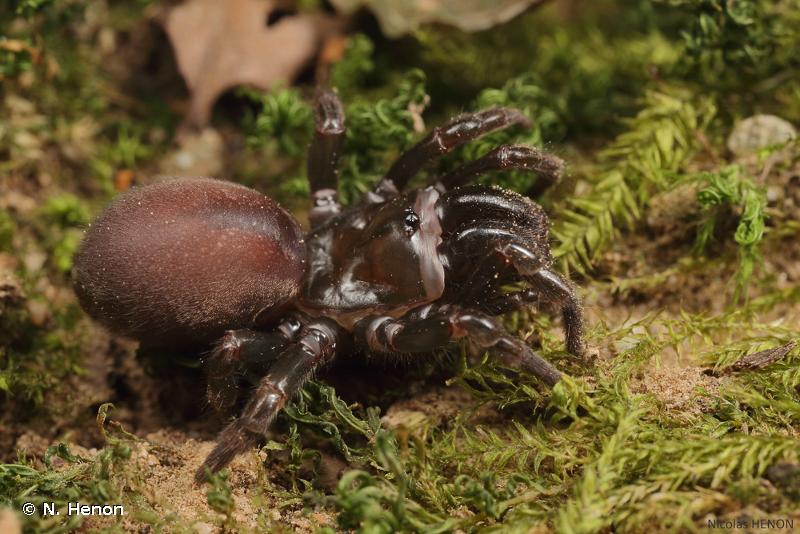
| Author : N. Henon |
 |
To get the picture, please visit:
Despite the Creative Commons license, please inform the author of the use which will be made of his photo

| Author : S. Lecigne |
 |
To get the picture, please visit:
Sylvain Lecigne
inpn@mnhn.fr
Despite the Creative Commons license, please inform the author of the use which will be made of his photo

| Author : S. Lecigne |
 |
To get the picture, please visit:
Sylvain Lecigne
inpn@mnhn.fr
Despite the Creative Commons license, please inform the author of the use which will be made of his photo
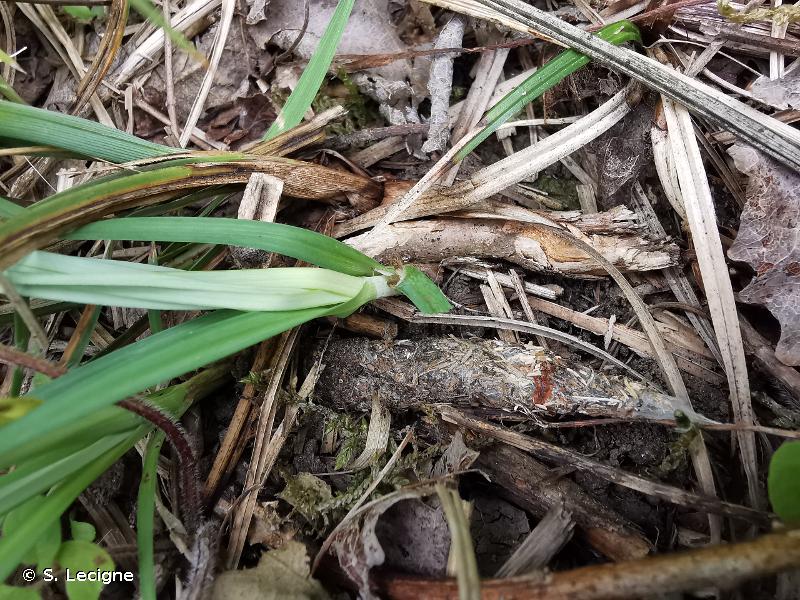
| Author : S. Lecigne |
 |
To get the picture, please visit:
Sylvain Lecigne
inpn@mnhn.fr
Despite the Creative Commons license, please inform the author of the use which will be made of his photo
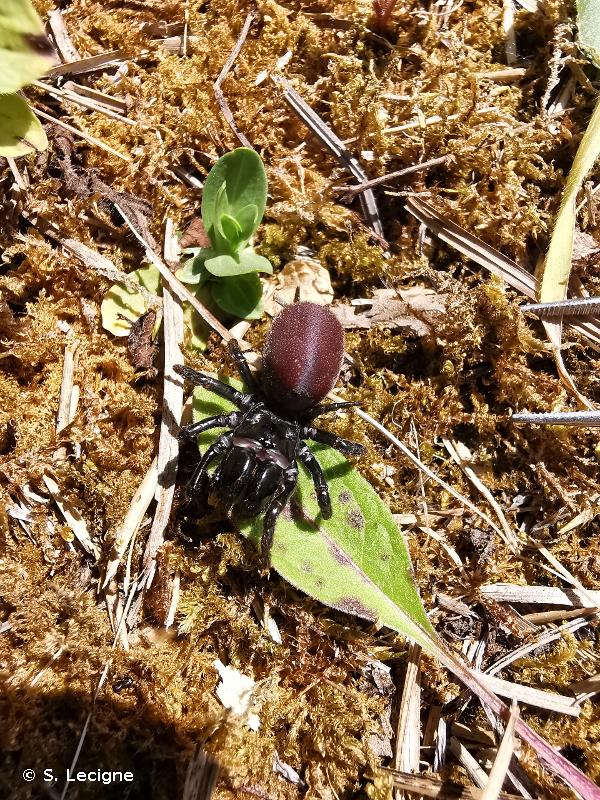
| Author : S. Lecigne |
 |
To get the picture, please visit:
Sylvain Lecigne
inpn@mnhn.fr
Despite the Creative Commons license, please inform the author of the use which will be made of his photo
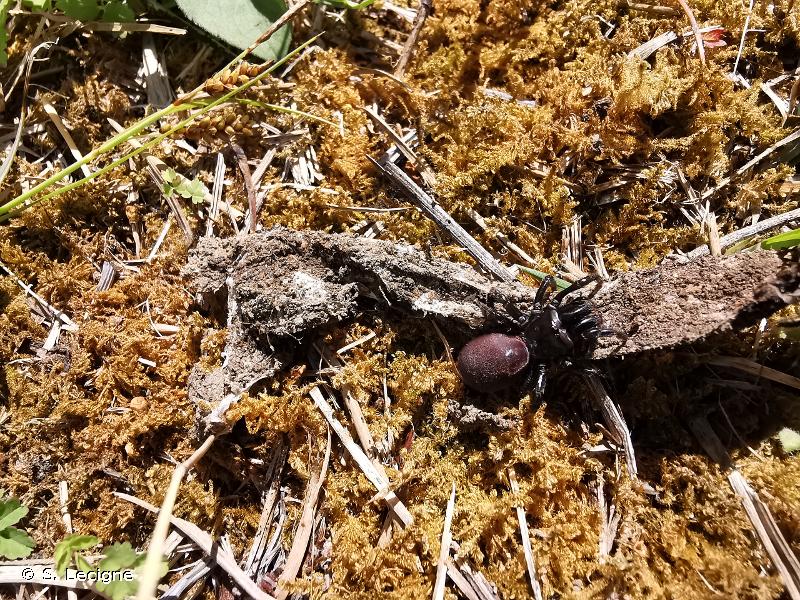
| Author : S. Lecigne |
 |
To get the picture, please visit:
Sylvain Lecigne
inpn@mnhn.fr
Despite the Creative Commons license, please inform the author of the use which will be made of his photo
Distribution mondiale
Europe, Afrique du Nord
Caractères distinctifs, espèces
Taille - femelle : 10-16 mm, mâle : 7-9 mm.
Les grandes chélicères et leurs crochets dans l'axe du corps sont caractéristiques des mygales. Le tégument est assez sombre. Le genre comprend deux espèces en France : Atypus affinis et A. piceus. Les chélicères d'A. affinis sont munies de dents internes, peu espacées, de tailles semblables. La seconde, plus méridionale et continentale, colonise plutôt les pelouses sèches.
Milieux colonisés
L'espèce est présente dans des milieux au sol meuble, pas trop secs et où l'ensoleillement au sol est faible, Elle est présente dans les talus, dans les jardins, y compris en ville. La toile est d'autant plus discrète que l'araignée incorpore à la soie des particules du milieu environnant. Il n'est pas rare, lorsque le biotope lui convient, qu'elle soit abondante, dépassant parfois plus de 10 toiles au mètre-carré !
Chasse
La toile des mygales à chaussette est caractéristique. Elle est constituée d'une partie aérienne, qui sert pour la chasse, et peut atteindre 10 cm de long pour un diamètre d'un centimètre. La partie souterraine atteint le double de la partie aérienne. Les proies (cloportes, coléoptères, …) qui s'aventurent le long de la partie aérienne sont crochetées à travers l'enveloppe, puis introduites dans le tube, et enfin consommées dans la partie souterraine.
Développement, cycle
Chez A. affinis, les femelles sont présentes toute l'année dans leur « toile-chaussette ». Elles pondent en été mais les jeunes ne quittent la toile maternelle qu'au printemps suivant et se dispersent après un envol. Les mâles sont trouvés errants au cours de deux périodes dans l'année: en fin de printemps (mai-juin) et surtout en hiver (novembre à janvier). Les mâles atteignent la maturité après 3 à 4 ans, les femelles après 5 à 6 ans. Elles continuent de muer après la maturité alternant souvent une année de ponte avec une année de mue. Leur longévité peut atteindre une dizaine d'années.
A. Canard(Université de Rennes/Service du Patrimoine Naturel, MNHN),2014
Continental
Metropolitan France
Overseas
Marine
Metropolitan France
Overseas
The map presents a summary at the 10 x 10 km grid of the observation data for the species transmitted to the SINP. These data have been subjected to validation filters.
The map presents a reference distribution layer of the species at the scale of departments and marine sectors. The presence and absence data were established by expertise within a network of partners. This reference distribution is used in the validation process of the SINP data at the INPN level.
Corresponds to a report on the basis of at least one observation proved within a period of 10 years (20 years for little-known invertebrates) preceding the year and no presumption of extinction since obtaining the last data nor doubt on reproductive and implemented nature of this population. For migratory species, the presence indicated concerns areas of reproduction.
This status is based on one or more of the following criteria:
This point covers the absence, more difficult by nature to demonstrate than presence. This status is based on one or more of the following criteria:
This status must be assigned to a department in which the presence of the species is casual.
Particular case of absence due to a proven extinction less than a half century ago (older disappearances are treated as "no probable or definite").
In the state of knowledge, we can not comment on the presence or absence in the current department. This is the default status when not comprised in one of the previous categories or whenever there is doubt.
The map shows the global distribution of the species based on GBIF data (Global Biodiversity Information Facility).
